Did you know that over 60% of global economic growth can be supported through nature-based solutions? In a rapidly changing world threatened by climate change, resource scarcity, and growing societal challenges, nature-based growth strategies are emerging as unconventional keys to resilient and prosperous futures. This article will illuminate how blending ecological wisdom with modern innovation can not only address societal challenges—but also unlock new avenues for opportunity, growth, and wellbeing. Ready to discover how nature can help you and your organization thrive?
The Surprising Power of Nature-Based Growth Strategies In Addressing Societal Challenges

- Did you know that over 60% of global economic growth can be supported through nature-based solutions?
- Explore the unconventional role of nature-based growth strategies in tackling climate change and other societal challenges.
- Learn why nature-based approaches are increasingly critical for resilient, future-focused organizations.
The power of nature-based growth strategies lies in their ability to transform how we address the most pressing societal challenges of our era. Unlike traditional growth models that rely heavily on resource extraction and often exacerbate climate change, nature-based approaches restore natural processes and reinforce the resilience of ecosystems. These strategies harness the principles of regenerative design, green infrastructure, and ecosystem service management, delivering proven benefits such as disaster risk reduction, improved climate change adaptation, and enhanced human health for both local communities and businesses.
By integrating based solutions —like restoring wetlands, implementing green roofs, and regenerating forests—into their core strategies, organizations can actively address societal challenges and build climate resilience. These approaches offer a wide range of co-benefits, including biodiversity conservation, improved water security, and innovative ways to tackle food security. As more organizations recognize the importance of sustainable development and long-term value, the shift toward nature-based growth is not just a trend—it's a critical path forward for societal and economic prosperity.
Why Nature-Based Growth Strategies Matter: Perspectives on Societal Challenge and Societal Challenges
Addressing the multitude of modern societal challenges —from rapid urbanization to biodiversity loss —requires approaches that are both adaptive and future-proof. Nature-based growth strategies matter because they uniquely bridge the gap between environmental stewardship and economic necessity. These strategies are designed to be scalable, cost-effective, and aligned with today’s complex social and ecological realities.
Unlike isolated technological interventions, nature-based approaches are deeply rooted in community-driven innovation and long-term sustainability goals. By prioritizing ecosystem restoration, green infrastructure, and the integration of native species into urban design, these strategies enhance ecosystem services that support climate adaptation, risk reduction, and sustainable development. Importantly, they contribute to global commitments like the Paris Agreement while directly addressing pressing societal challenges such as poverty, resource scarcity, and disaster risks.
How Nature-Based Growth Strategies Address Societal Challenges
Nature-based growth strategies address a wide range of societal challenges by placing ecological health and social wellbeing at the center of policy and business decisions. For instance, restoring wetlands not only reduces disaster risk from flooding but also boosts local economies through tourism and increased biodiversity. Urban green spaces help sequester carbon, improve air quality, and offer recreational benefits that enhance human health.
These based solutions are particularly effective at tackling intertwined issues: urban heat islands, water pollution, and infrastructure resilience. By using a based approach that leverages natural processes, cities can reduce the impacts of climate change, lower costs in the long term, and empower local communities to co-create solutions that work for people and nature alike.
The Broader Impact: Climate Change, Economic Resilience, and Social Wellbeing
Investing in nature-based growth strategies offers extraordinary leverage against global threats like climate change and economic shocks . These approaches naturally sequester carbon, help maintain water security, and foster biodiversity, making communities and businesses more resilient to changing conditions. In particular, they help mitigate the adverse impacts of climate change, such as rising sea levels and extreme weather events.
The ripple effects go beyond environmental benefits: organizations that champion these strategies often experience stronger stakeholder relationships, increased innovation, and recognition as pioneers in sustainable development . From small enterprises to large multinationals, advancing nature-based growth is an investment in the prosperity of people and the planet—a win-win for all stakeholders.
What You Will Gain From Embracing Nature-Based Growth Strategies
- Insights into nature-based growth strategies as both a solution and an opportunity
- Understand climate change mitigation from a nature-based perspective
- Learn concrete examples and categories of nature-based solutions

Embracing nature-based growth strategies positions your organization at the forefront of innovation and resilience. By doing so, you gain insight into how these based solutions can not only offset environmental risks, but also unlock untapped economic and social opportunities. For example, investing in green infrastructure —like living shorelines and urban parks—builds local resilience, strengthens community ties, and drives long-term profitability.
From a climate change mitigation perspective, nature-based approaches enable organizations to sequester carbon, adapt to new climate realities, and contribute to biodiversity conservation. Exploring real-world case studies and the diversity of typologies—such as mangrove restoration and ecosystem-based management—will show you precisely why forward-thinking leaders are placing nature at the heart of their growth strategies.
Nature-Based Growth Strategies as a Based Solution for Modern Societal Challenge
The adoption of nature-based growth strategies as a based solution is revolutionizing how we confront today’s societal challenges . Whether addressing climate change, urbanization, or resource scarcity, these strategies move beyond symptom management to tackle root causes. By restoring and leveraging nature to its full potential, societies can turn seemingly insurmountable challenges into opportunities for growth and regeneration.
With systemic benefits that include disaster risk reduction, greenhouse gas reduction, and circular resource flows, nature-based approaches are now the gold standard for holistic sustainable development. These methods are increasingly adopted by the private sector as investors and stakeholders demand sustainable, transparent, and resilient business models.
The Evolution of Based Solutions: From Climate Change Response to Systemic Change
Over the past decade, nature-based growth strategies have evolved from niche conservation efforts into mainstream drivers of transformation across sectors. Initially, most based solutions focused on climate change adaptation —such as restoring forests to mitigate rising CO2. Today, these strategies are recognized for their ability to drive systemic change, addressing the interconnected challenges of climate, economy, and social wellbeing.
Current research and real-world case studies confirm that nature-based solutions outperform conventional engineering approaches in adaptability, cost-effectiveness, and co-benefits—like enhancing ecosystem services and boosting food security. As policies and financial systems embrace this shift, we see a clear roadmap for addressing a wide range of societal challenges at scale.
How Nature-Based Growth Strategies Outperform Conventional Growth Models
Traditional economic growth models often view nature in terms of extraction and consumption, leading to modified ecosystems , biodiversity loss, and increased societal vulnerability. By contrast, nature-based growth strategies restore natural balance, enabling ongoing productivity without exhausting the resource base or undermining human health.
These based approach methods tend to have lower long-term costs, high adaptability to uncertainty, and the capacity to scale as societal needs evolve. For instance, wetlands restoration not only protects against flood risk but also boosts biodiversity and recreational value, which conventional hard infrastructure rarely achieves.
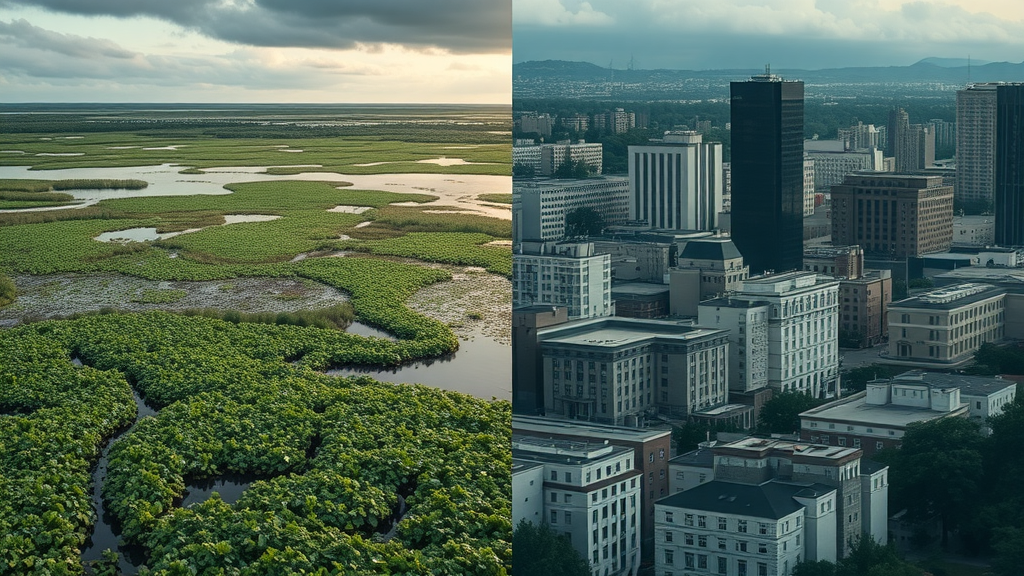
"Nature is not a place to visit. It is home." – Gary Snyder
Core Principles of Nature-Based Growth Strategies: Unlocking Based Solutions for Societal Challenges
- Integration of ecosystem services into business and policy
- Community-driven innovation and partnerships
- Regenerative design thinking and adaptive management
Adopting nature-based growth strategies requires a commitment to three core principles. First, integrating ecosystem services ensures that natural processes—like water purification, carbon sequestration, and pollination—are valued alongside traditional economic indicators. Second, successful solutions are always community-driven, fostering local innovation and multi-sector partnerships for maximum impact. Lastly, regenerative design and adaptive management enable rapid learning, continuous improvement, and ongoing resilience to new or emerging societal challenges .
Organizations that internalize these principles are better equipped to address complex issues, leverage global trends, and future-proof their operations. By co-creating based solutions with stakeholders, businesses and municipalities can create enduring value for people and nature alike.
Spotlight on Success: Proven Nature-Based Growth Strategies Transforming Society
Case Study Table: Real-World Based Solutions in Action
| Location | Societal Challenge | Nature-Based Growth Strategy | Impact |
|---|---|---|---|
| Netherlands | Flood Risk | Wetland Restoration | Reduced Flooding, Increased Biodiversity |
| Singapore | Urban Heat Islands | Green Roofs & Green Walls | Lowered Urban Temperatures, Improved Air Quality |
| Bangladesh | Coastal Erosion | Mangrove Regeneration | Stabilized Shoreline, Enhanced Livelihoods |
| Kenya | Food Security | Agroforestry | Increased Yields, Soil Restoration |
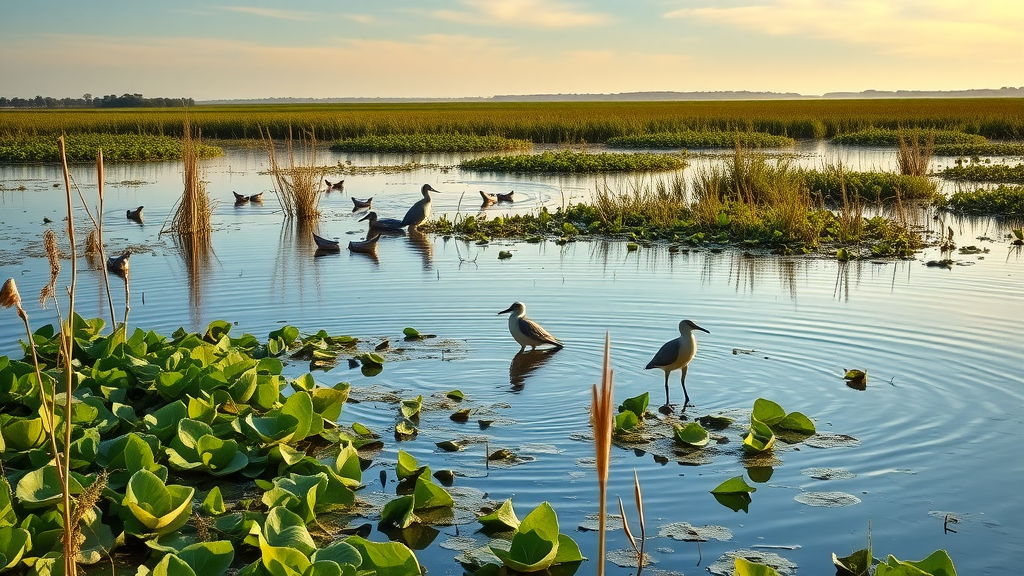
These case studies prove the versatility and effectiveness of nature-based growth strategies . Whether it’s complex flood risk reduction in the Netherlands or improving food security through agroforestry in Kenya, these solutions deliver scalable, positive change where traditional approaches fall short.
Such examples inspire a new generation of policymakers, business leaders, and community innovators to embrace sustainable development and invest in the resilience of people and the planet. By prioritizing based solutions , we can move from response to true transformation.
Dive Deeper: Examples and Typologies of Nature-Based Growth Strategies
What are examples of nature-based solutions?
- Urban green roofs
- Mangrove forest regeneration
- Living shorelines
Nature-based solutions come in many forms, each tailored to solve unique societal challenges . Urban green roofs help control stormwater runoff and reduce urban heat, while mangrove forest regeneration stabilizes coastal areas, supports fisheries, and acts as a natural barrier against extreme weather. Living shorelines use native plants and natural materials to protect from erosion while providing valuable habitats.
These based solutions enhance climate resilience, improve human health, boost local economies, and safeguard vital ecosystem services—addressing a wide range of pressing societal needs in both developed and developing contexts.
Answer to: What are examples of nature-based solutions?
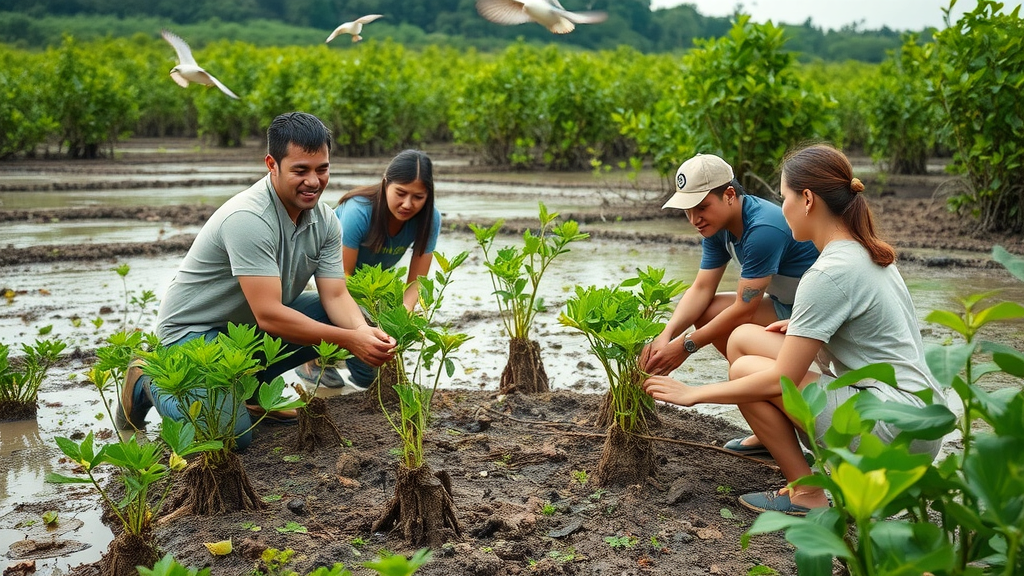
Concrete, real-world examples of nature-based growth strategies include restoring mangroves to guard against storm surges, integrating green roofs in urban centers to cool cities and absorb pollutants, and developing living shorelines that out-compete grey infrastructure in long-term effectiveness. These techniques offer a wide range of co-benefits: they sequester carbon, reduce disaster risk, and create job opportunities for local communities.
What are the type 3 nature-based solutions?
- Large-scale ecosystem restoration
- Integrated landscape management
- River basin maintenance
Type 3 nature-based solutions represent ambitious, landscape-level projects designed for maximum ecological and societal impact. Large-scale ecosystem restoration initiatives bring degraded forests, wetlands, and grasslands back to life, while integrated landscape management considers the interplay of land, water, people, and industry for balanced long-term outcomes.
River basin maintenance is another example, where entire watersheds are managed to sustain biodiversity, manage flood risk, and secure water supply for cities and agriculture. These solutions excel at addressing systemic societal challenges and align with sustainable development goals worldwide.
Answer to: What are the type 3 nature-based solutions?
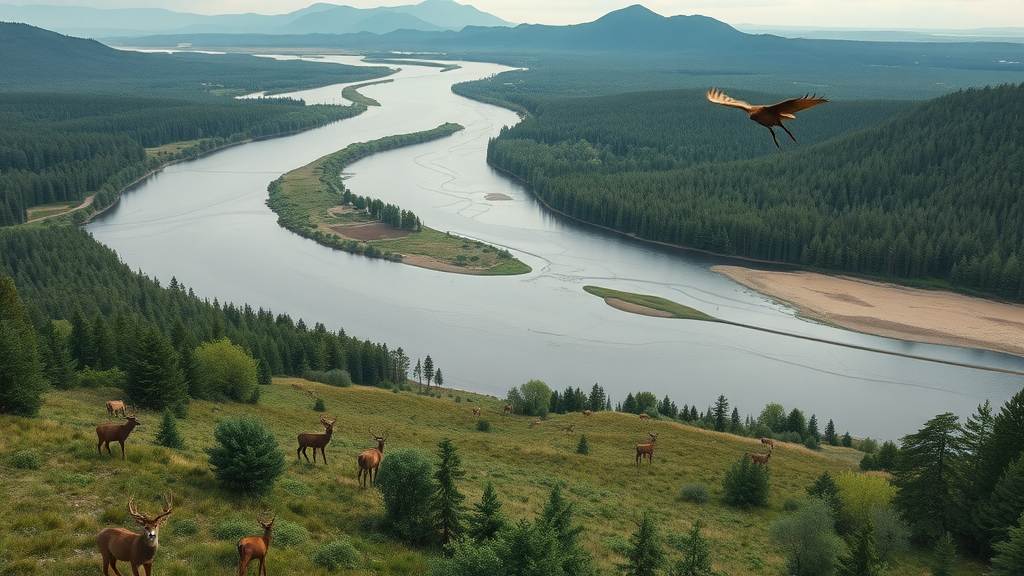
Type 3 nature-based growth strategies entail projects on a regional or national scale. These based solutions restore or protect functional landscapes, safeguard ecosystem services, and provide natural buffers to climate change and human development impacts. Investments in these areas are rapidly increasing as organizations see measurable benefits in risk reduction, biodiversity retention, and societal wellbeing.
Strategic Vision: What Is The Nature-Based Solution Strategy?
Answer to: What is the nature-based solution strategy?
"If you look deep into nature, you will understand everything better." – Albert Einstein
The nature-based solution strategy involves developing policies, investments, and practices that explicitly use nature and ecosystems to tackle societal and climate challenges. This means aligning private sector and government actions to support ecosystem restoration, sustainable land management, and the use of green infrastructure over traditional, hard-engineered solutions.
Organizations operationalize this strategy through landscape-scale planning, integration with climate goals, and partnerships with local communities to ensure long-term impact. Success is measured using indicators like carbon sequestration, enhanced human health, improved water security, and reduced disaster risk. A strategy grounded in nature-based approaches not only future-proofs growth, but also fulfills a duty to people and nature.
Defining Approaches: What Are Nature-Based Approaches?
Answer to: What are nature-based approaches?
- Aligning business goals with ecological restoration
- Building stakeholder value through sustainable practices
Nature-based approaches are principles and practical methods that leverage the power of natural ecosystems to meet social, economic, and environmental objectives. For organizations, this means embedding ecological restoration into business models and creating mechanisms for stakeholder engagement—enabling communities, customers, and investors to experience direct benefits and co-create value.
These approaches often outperform purely technological or “grey” interventions, offering unique opportunities for sustainable development and resilience. By focusing on collaboration across sectors, adaptive management, and continuous innovation, nature-based strategies bridge the gap between short-term results and long-term, systemic transformation.
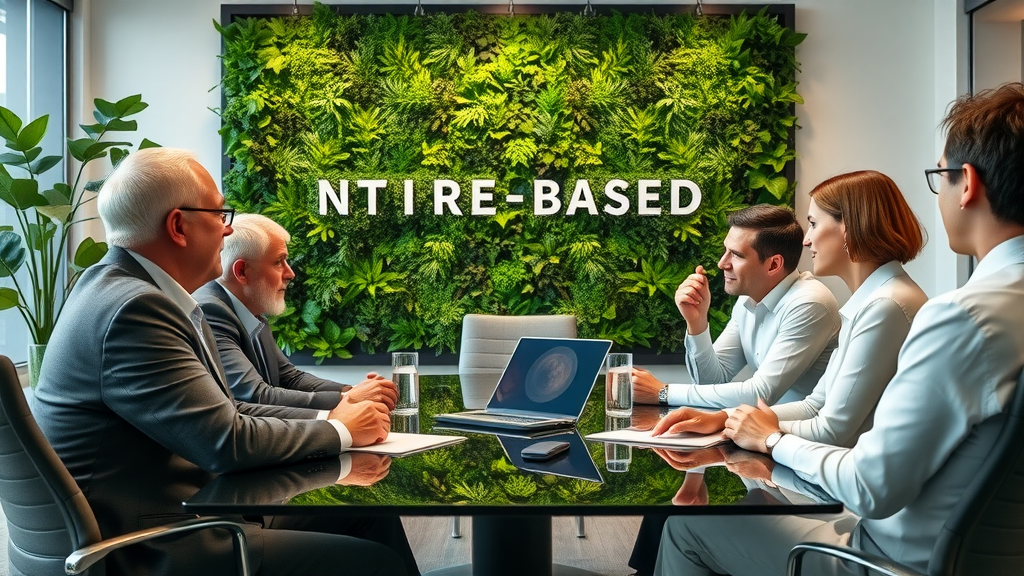
Watch an engaging animation that breaks down how nature-based growth strategies operate at the intersection of climate action, economic prosperity, and societal wellbeing. Through smart visualizations, see how green infrastructure and ecosystem restoration produce co-benefits for all.
Comparing Nature-Based Growth Strategies with Traditional Solutions
| Aspect | Nature-Based Growth Strategies | Traditional Solutions |
|---|---|---|
| Cost | Often lower long-term | High initial and maintenance |
| Scalability | Adaptive, scalable | Often rigid, less flexible |
| Climate Impact | Net-positive | Neutral or harmful |

Side-by-side comparisons make it clear: nature-based growth strategies consistently deliver superior value across cost, scalability, and climate impact. They transform risks into opportunities and provide pathways for addressing the impacts of climate change while boosting competitiveness. For long-term success, the natural option is proving to be the best investment of all.
This thought-provoking documentary features industry experts who have successfully implemented based solutions to address urgent societal challenges . Learn from their experiences, challenges, and tips for replicating success in your own organization.
Lessons In Leadership: Organizational Success Through Nature-Based Growth Strategies
- Leading by example—businesses thriving with regenerative practices
- How nature-based growth strategies build resilience in rapidly changing markets
Organizations that prioritize nature-based growth strategies gain a significant edge. By weaving regenerative practices and ecosystem services into core operations, these leaders build resilience to climate shocks, access new funding (such as NBS investment flows), and enhance trust among stakeholders. Their commitment attracts talented workforce, customers who value sustainability, and long-term investor interest.
These inspiring stories demonstrate a clear lesson: leadership today means embracing innovation and responsibility toward both people and nature. As you shape your own organizational strategy, look to nature-based solutions as a powerful blueprint for sustained, flexible growth.
How to Implement Nature-Based Growth Strategies in Your Organization
Step-by-Step Guide: Integrating Nature-Based Solutions
- 1. Assess environmental and societal challenge risks
- 2. Identify key opportunities for based solution implementation
- 3. Engage stakeholders and build partnerships
- 4. Monitor, evaluate, and adapt strategies
Implementing nature-based growth strategies is a journey that starts with honest assessment. Begin by identifying the societal challenges most relevant to your business or community—such as flood risk, food security, or biodiversity loss. Next, scan for opportunities where nature-based solutions can be integrated or replace conventional methods. Engage a wide range of partners, from local communities to global investors, to ensure solutions are tailored, inclusive, and sustainable.
Finally, establish robust systems for monitoring and continuous improvement. Track key metrics: disaster risk reduction, carbon sequestration, stakeholder satisfaction, and financial ROI. Stay agile and adapt your approach as risks and requirements evolve over time.
Frequently Asked Questions on Nature-Based Growth Strategies
-
Q: What types of organizations can benefit?
A: Any organization—from local governments to startups—can benefit by integrating nature-based growth strategies . These approaches are scalable and adaptable for non-profits, SMEs, and multinational corporations alike, helping solve climate, economic, and social challenges. -
Q: Are nature-based growth strategies suitable for small businesses?
A: Yes! Small businesses can use based solutions —like urban gardens or energy-saving green infrastructure—for measurable gains in reputation, cost savings, and risk management. -
Q: Do these approaches cost more?
A: While initial investment may be necessary, nature-based growth strategies often have lower long-term costs due to fewer maintenance needs, increased resilience, and valuable co-benefits. -
Q: How do I measure impact?
A: Impact is measured by tracking ecological indicators (e.g., biodiversity, water security), economic outcomes, community feedback, and alignment with climate goals.

Key Insights: Navigating Societal Challenges With Nature-Based Growth Strategies
- Nature-based growth strategies provide resilient, scalable based solutions for climate, economic, and social wellbeing.
- Forward-thinking organizations are outpacing competitors by prioritizing these strategies.
Expert panel discussing the evolving impact and opportunities of nature-based solutions.
Expert thought leaders from the business, policy, and scientific worlds share their visions on the future of societal challenges—and how nature-based growth strategies will shape resilient, equitable economies.
Moving Forward: Your Role in Advancing Nature-Based Growth Strategies for Societal Challenges
- Influence change by championing based solutions at every level
- Harness the power of nature-based growth strategies for your organization's future success
- Connect with global thought leaders driving societal change through nature-based solutions
Start now— integrate nature-based growth strategies into your vision and operations to build lasting impact, climate resilience, and sustainable success for all.
 Add Row
Add Row  Add
Add 



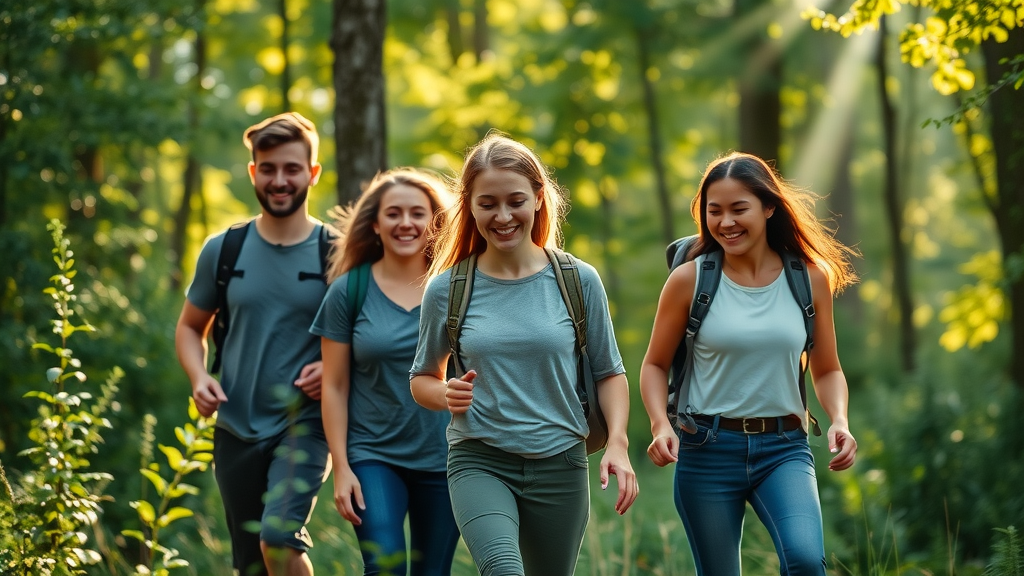
Write A Comment